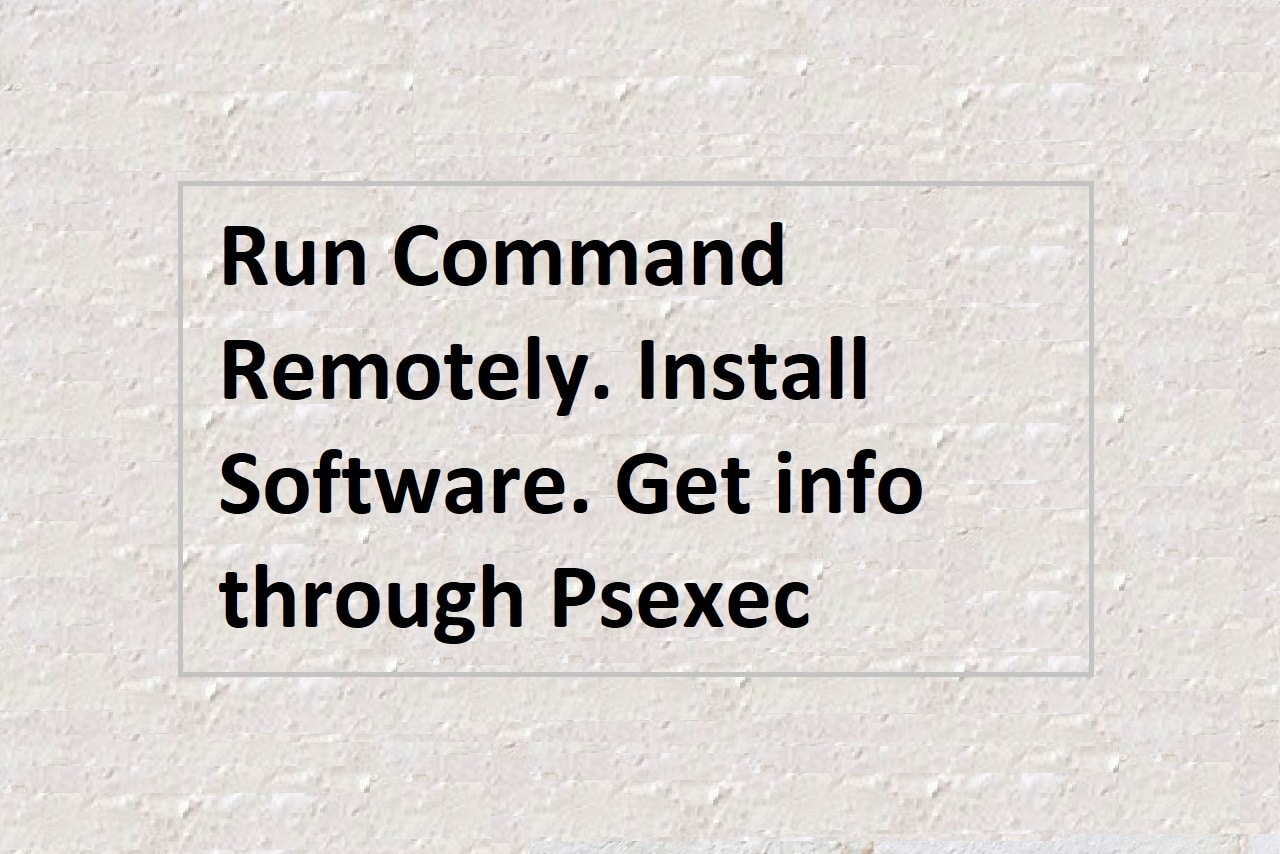
Server performance optimization is critical for ensuring that your server runs efficiently and effectively. You can improve your server’s performance and keep it running smoothly by following a few simple best practices.
- Monitor resource usage: Understanding how your server is used is the first step in optimizing server performance. Monitor your server’s CPU, memory, and disk usage with tools like Task Manager or top. This will assist you in identifying any resource bottlenecks that may be causing poor performance.
- Optimize the operating system: Ensure that you are using the most recent version of your operating system, as newer versions frequently include performance improvements. To improve performance, you should also fine-tune your operating system’s settings. You can, for example, disable unnecessary services, change kernel parameters, and enable fast boot options.
- Configure the server’s hardware as follows: Configuring your server’s hardware correctly can also improve performance. To improve CPU performance, for example, you can add more memory or upgrade to faster processors. You can also optimize your disk configuration by employing a fast disk controller and selecting the appropriate filesystem for your requirements.
- Utilize performance-monitoring tools: There are numerous tools available to assist you in monitoring and optimizing server performance. Perf, sar, and iostat are a few examples. These tools can provide detailed information about resource utilization and aid in the identification of potential performance issues.
You can improve your server’s performance and keep it running smoothly by following these tips. Monitoring resource usage and fine-tuning your operating system and hardware on a regular basis can assist you in identifying and resolving performance issues before they become a problem.


